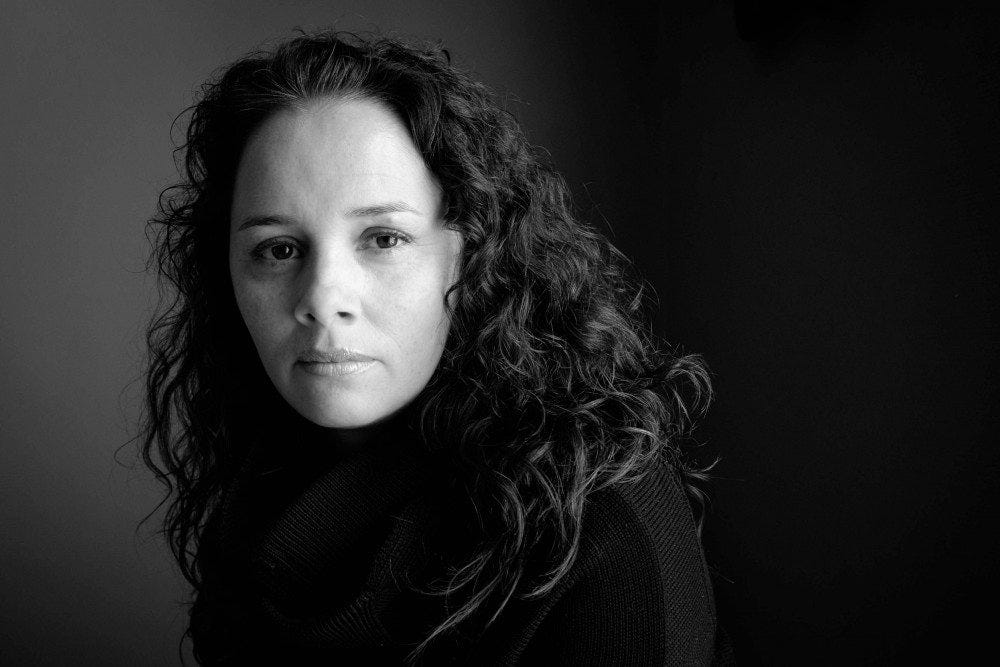
On April 27 and 28, the residents of Phoenix, Arizona will have the opportunity to explore Native Nation. Created by Larissa FastHorse (Sicangu Lakota) and Michael John Garcés in collaboration with the Indigenous community, the immersive theatrical experience hopes to help audiences learn more about the original people of that land — through an interactive marketplace (open before the show starts), cultural performances, community gathering, and more — to hopefully see the world through their eyes.
We spoke to playwright Larissa FastHorse to learn more about Native Nation.

No Proscenium (NP): Tell us a little bit about yourselves and your backgrounds.
Larissa FastHorse (LFH): Michael John Garcés is the artistic director of Cornerstone Theater Company and director of Native Nation. I am the playwright for the scripted parts of the piece. Together we collaborate with the Indigenous community to create the full immersive experience that is Native Nation. In addition to his work at Cornerstone, Michael is in demand as a writer and director nationally. I started as a film and TV writer, but fell in love with theatre and has been working around the country for the past decade.
NP: How did this project come about?
This is the second in an unintended trilogy of immersive experiences we are creating with very different Indigenous populations. The first was a commission by Cornerstone Theater Company and involved a three year engagement with the Indigenous people of the Los Angeles Basin. That play, Urban Rez, was quite successful in so many ways. We were on a panel discussing the project with Michael Reed who was presenting on a piece for ASU Gammage. He basically commissioned us on the spot to follow a similar process here in Arizona.
We thought we would do a version of Urban Rez, but it quickly became apparent that this would be a completely new experience because it is such a different place and situation for the Indigenous peoples. In Los Angeles and Orange Counties all original tribes have been declared extinct so their main struggle is in getting recognition again, being allowed to exist. Here there are 22 tribes in the state, so although some of the issues people wanted us to depict are similar, many are very different. The third process will start this summer with Larissa’s people, the Lakota in South Dakota. That is a Creative Capitol and First People’s Fund project that will be the first time we are collaborating with a completely rural population.

NP: Why choose to tell these stories in an immersive format?
LFH: It made sense to the Indigenous community to tell their stories literally on their land and makes it a family welcoming space. Artistically it gives the “audience” a chance to be in our world. As Native people it often feels like we are living parallel lives between our own rich, Indigenous cultures and the dominant culture. At Native Nation you get to experience our lives with us, next to us, looking us in the eyes. This format also performs two functions: it give us the ability to tell many stories at once but it also limits the ability of the audience to have everything they want the way they want it. That is a new feeling for some people.
NP: How are you designing around audience safety, agency, consent, and participation?
LFH: We give suggestions to the audience of how to move and where to go so you get the fullest experience possible, but the audience can do whatever they want. No one will physically move you or touch you. The set is an actual cultural fair in a park, so participation is the same as any cultural fair you go to. You can buy things from the vendors, eat food, talk to booth participants, participate in activities, etc. Out of that experience, scripted scenes erupt and fun group performances happen. In fact, the cultural fair is robust enough that is is open and free to the public three hours before the scripted experience starts. The transition from that place of familiarity and comfort to the “play” is not scary or weird. People just start talking around you.

NP: What do you hope participants take away from the experience?
LFH: We hope for so many things. We hope that they take home some amazing Indigenous art that they purchased. We hope they learn how to get involved in many local issues such as protecting the water, food sovereignty and others. We hope they learn how to pronounce the name of the people on whose land we are standing, the Onk Akimel O’otham, and think about that land differently going forward. We hope that they feel what it is like to be an Indigenous person in this space today. But mostly we hope it is a place where you and your family can come together to laugh and have fun and be inspired to learn more.
Native Nation runs April 27 and 28 at Steele Indian School Park
near the Circle of Life in Phoenix, AZ. Tickets are $20.
NoPro is a labor of love made possible by our generous Patreon backers. Join them today!
In addition to the No Proscenium web site, our podcast, and our newsletters, you can find NoPro on Twitter, Facebook, YouTube, Instagram, in the Facebook community Everything Immersive, and on our Slack forum.
Office facilities provided by Thymele Arts, in Los Angeles, CA.



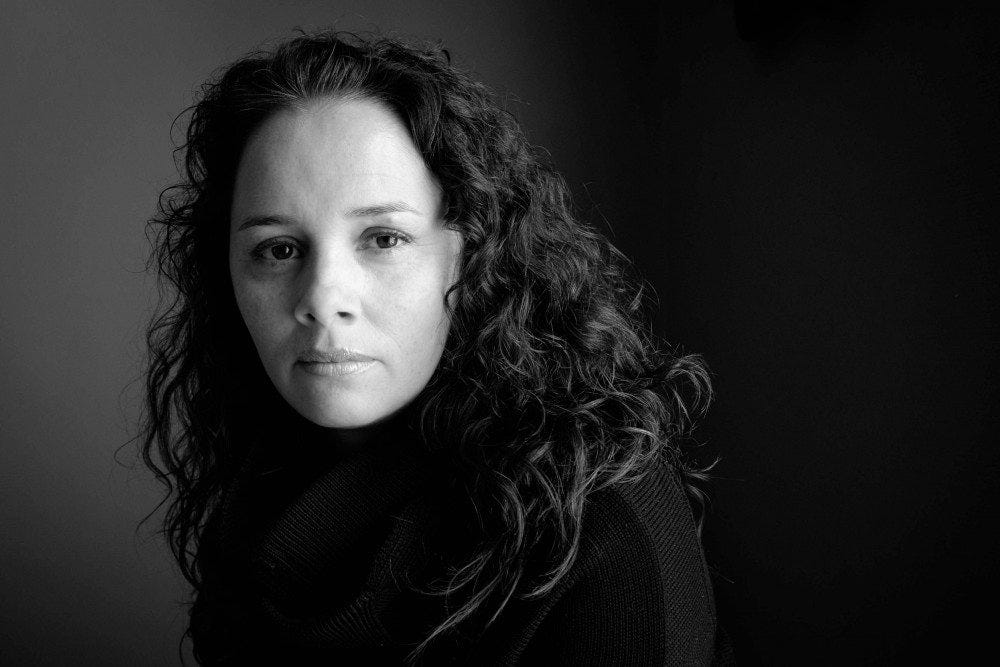


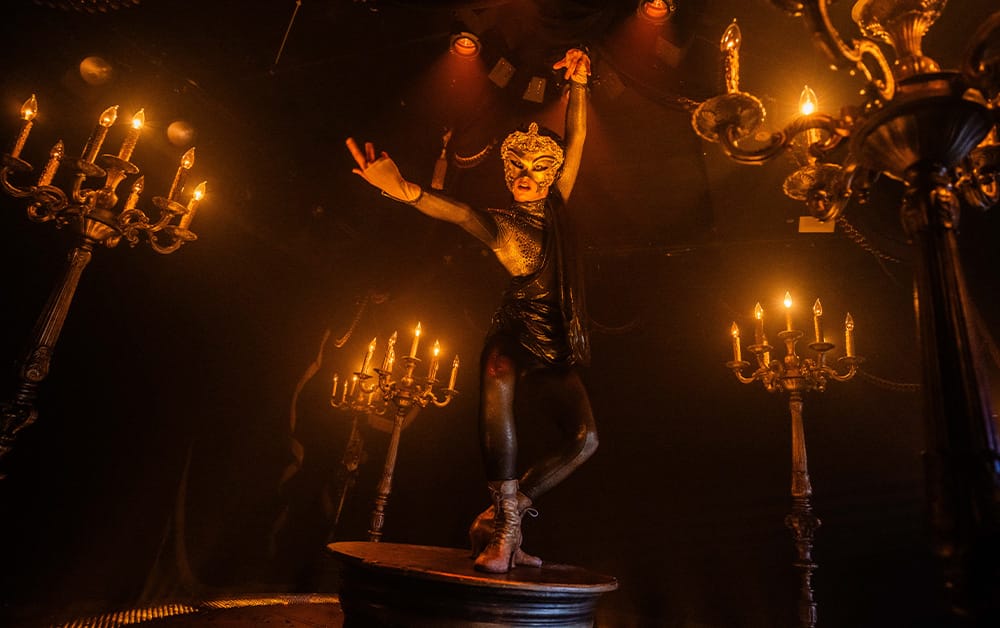



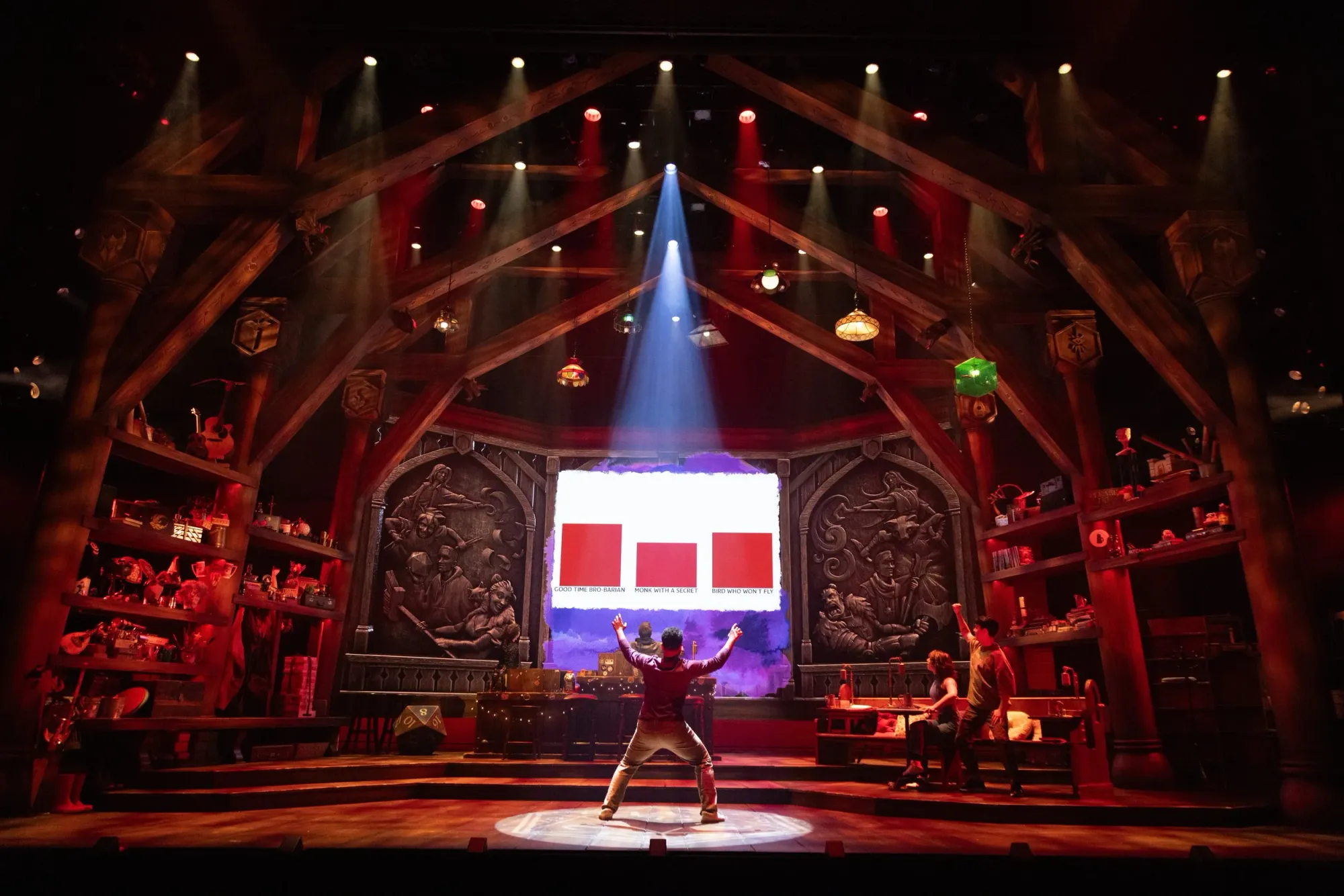
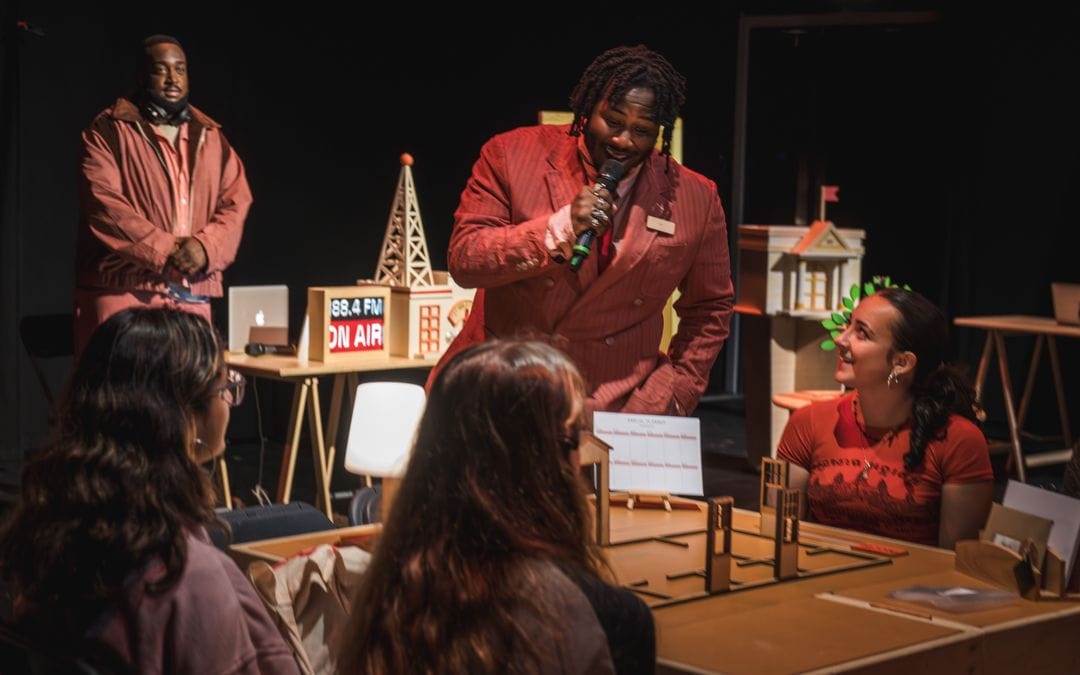







Discussion